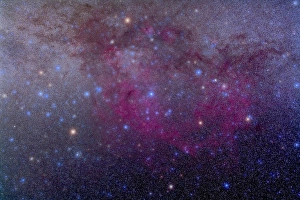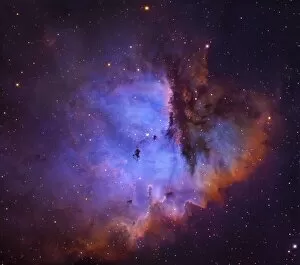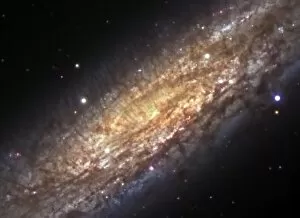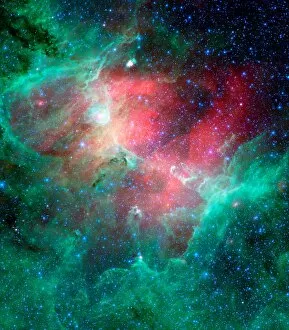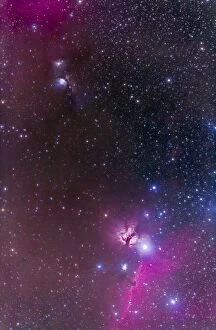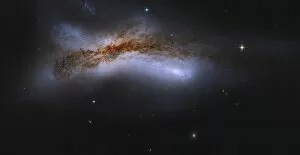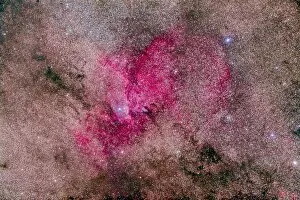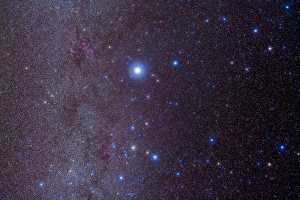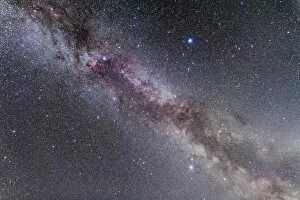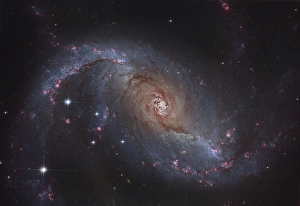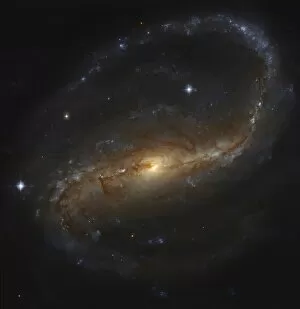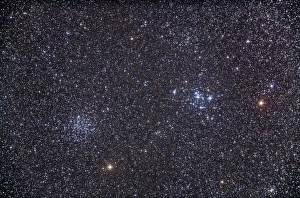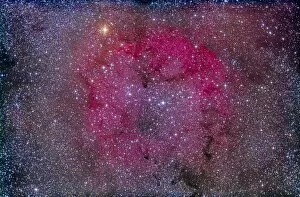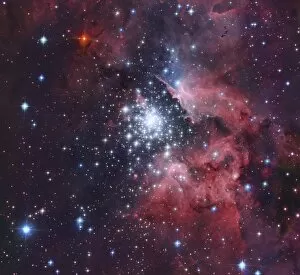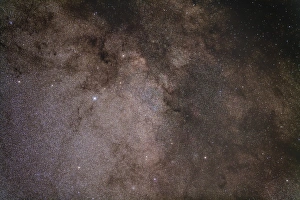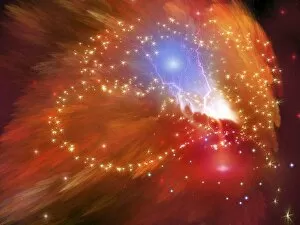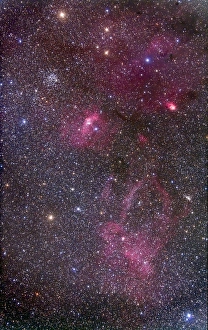Star Formation Collection (page 8)
"Unveiling the Cosmic Cradles: A Journey into Star Formation" In the vast expanse of space, hidden within breathtaking nebulas and galaxies
All Professionally Made to Order for Quick Shipping
"Unveiling the Cosmic Cradles: A Journey into Star Formation" In the vast expanse of space, hidden within breathtaking nebulas and galaxies, lies a captivating phenomenon - star formation. The Hubble Space Telescope grants us an extraordinary view of this celestial ballet. Gazing upon nebula NGC 604, we witness a mesmerizing spectacle as new stars take shape amidst swirling clouds of gas and dust. These stellar nurseries are also evident in the Eagle Nebula, where majestic gas pillars stand tall like sentinels guarding the birthplace of countless luminous beings. M16, known as The Eagle Nebula in Serpens constellation, showcases ethereal beauty with its radiant star clusters emerging from cosmic cocoons. Meanwhile, the Orion Nebula captivates our imagination with its vibrant colors and intricate structures that give birth to brilliant stars. Interacting galaxies Arp 147 provide a glimpse into how they are be influenced by cosmic collisions. Witnessing this stunning HST image reminds us that even amidst chaos and destruction, new stars continue to flourish. The massive galaxy cluster MACS J0717 serves as a testament to the grandeur on an unimaginable scale. Its sheer size houses countless newborn stars that illuminate our understanding of galactic evolution. IC 2177 unveils the Seagull Nebula's delicate intricacies where stellar winds sculpt magnificent shapes reminiscent of their avian namesake. And who could forget the iconic Pillars of Creation? Nestled within the Eagle Nebula, these towering columns epitomize nature's ability to forge celestial wonders. Venturing further into Auriga constellation reveals two remarkable clusters: The Pinwheel Cluster and Starfish Cluster. In their midst lie young stars twinkling like precious gems scattered across velvet night skies. The Vela supernova remnant at Gum Nebula's heart tells tales of explosive endings giving rise to new beginnings – remnants of a star's demise birthing new celestial bodies.

